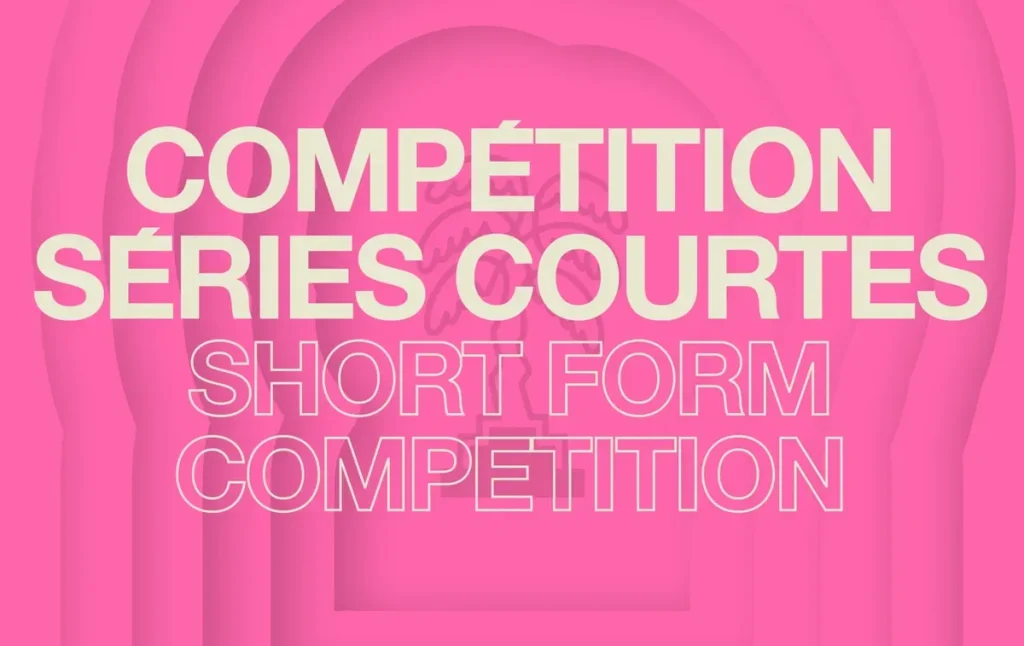The escalating popularity of platforms like TikTok has sparked fierce competition in the realm of short-form video competition, redefining how content is consumed and produced in today’s digital landscape. With over 1.12 billion monthly active users, TikTok has become the hallmark of this phenomenon, setting trends that others strive to emulate. As major social media giants like Meta and Google pivot their strategies to incorporate short video formats, the urgency to capture audience attention through innovative video marketing trends intensifies. The rise of short video apps is not just a passing trend but a fundamental shift in the social media video strategy that brands must adapt to remain relevant. With TikTok’s success prompting questions about whether its rivals can keep pace, the world watches closely as the race for short-form video dominance unfolds.
In recent years, the emergence of bite-sized video platforms has transformed the way users consume content online. This surge in popularity has encouraged various tech giants to develop their own alternatives to TikTok, often referred to as micro-video applications, to compete in this dynamic market. As brands leverage these engaging snippets of creativity, the focus on concise visual storytelling has become paramount in shaping contemporary digital marketing strategies. The challenges of monetizing such short-form formats also loom large, as creators and marketers alike navigate the intricacies of captivating audiences in mere seconds. Ultimately, this burgeoning competition not only illustrates evolving content consumption patterns but also emphasizes the necessity for innovative approaches in video advertising.
The Impact of TikTok’s Rise on the Video Marketing Landscape
TikTok’s meteoric rise has reshaped the video marketing landscape, urging brands and marketers to rethink their strategies and adapt to this new paradigm. With over 1.12 billion active users, TikTok has emerged as a critical platform for reaching younger demographics, outperforming traditional marketing channels. The short video app has captured attention by prioritizing creativity and authenticity over polished production, making it an appealing option for brands willing to engage in a more relatable manner. As businesses integrate short videos into their social media marketing, they find themselves exploring innovative ways to create captivating content that resonates with viewers.
As TikTok continues to lead the charge, the competition is intensifying among major platforms venturing into the short-form video space. Brands are not only leveraging TikTok but are also experimenting with Instagram Reels and YouTube Shorts, recognizing that a diverse approach can enhance their social media video strategy. The latest video marketing trends indicate that consumers respond well to dynamic, bite-sized content, prompting marketers to craft videos with clear calls to action. This newfound agility in video marketing has become essential, enabling brands to connect with potential customers in a medium often shaped by instantaneous consumption.
TikTok Competitors: Adapting to the Short-Form Video Competition
The emergence of TikTok has led to a swift response from its competitors like Meta and Google, who are scrambling to capture a share of the ever-growing short-form video market. Meta’s Instagram Reels and Google’s YouTube Shorts are just a few examples of how these tech giants are adapting in an effort to replicate the success seen on TikTok. The challenge lies not only in providing similar features but also in enticing users with distinct functionalities that foster a unique viewing experience. For instance, Instagram’s innovative approach with ‘Trial Reels’ encourages creators to test new formats, offering a lower-stakes way of trial and error in content creation.
However, despite the aggressive expansions and feature introductions, TikTok’s unique algorithm and community engagement strategies remain unmatched. Experts contend that other platforms have yet to offer the same level of personalization and interactive experience that drives TikTok’s popularity. As rivals race to keep pace, they must navigate challenges around monetization and user retention, striving to offer more than a mere imitation of TikTok’s model. This competitive landscape will undoubtedly lead to further evolutions in social media video strategy, as companies seek to define their place within this burgeoning market.
Mental Health Concerns Related to Short-Form Video Consumption
The surging popularity of short-form video apps like TikTok has raised alarms regarding users’ mental health, particularly among younger audiences. Studies indicate that excessive scrolling and consumption of rapid video content can detrimentally impact attention spans, sleep patterns, and anxiety levels. Experts like Dr. Yann Poncin stress that the design of these platforms encourages brief, captivating bursts of content, leading to potential addictive behaviors as users scroll endlessly through an algorithmically curated feed. Such behaviors can disrupt daily routines and foster negative emotional states, culminating in increased mental health issues amidst a generation that is navigating an unprecedented digital landscape.
Moreover, the addictive nature of short-form videos poses a crucial question for viewers: is the entertainment truly worth the potential risk to their mental well-being? While creators relish the newfound opportunities for virality, many young users find themselves lost in a cycle of endless content, leading to a phenomenon known as
Frequently Asked Questions
What is the impact of TikTok’s rise on the short-form video competition?
TikTok’s rise has significantly transformed the short-form video competition landscape, setting new standards for content engagement. Its algorithm and user engagement strategies have forced competitors like Instagram Reels and YouTube Shorts to innovate quickly to capture audience attention, emphasizing the importance of short-form video marketing trends.
How are TikTok competitors adapting their social media video strategies?
TikTok competitors such as Meta and Google are adapting by introducing enhanced features in their short video apps. Instagram has rolled out tools like Trial Reels, while YouTube Shorts is exploring standalone formats to compete effectively, all influenced by TikTok’s dominance in the short-form video market.
What challenges do creators face in monetizing short-form videos?
Despite high engagement levels, creators in the short-form video space often struggle to monetize effectively. Ads have limited integration opportunities in short videos compared to long-form content, making it difficult for creators to translate virality into sustainable income, as seen in the TikTok and YouTube Shorts monetization frameworks.
How is TikTok influencing video marketing trends?
TikTok has influenced video marketing trends by popularizing short-form content as the primary way audiences consume entertainment online. Brands are increasingly leveraging TikTok-style content to engage users, reflecting a shift towards more dynamic and concise media that resonates with younger demographics.
What are the potential mental health implications of consuming short-form video content?
The consumption of short-form video content, particularly on TikTok, has raised concerns about mental health, especially among younger users. Experts warn about the risks of diminished attention spans, anxiety, and disrupted sleep patterns due to constant scrolling and quick content consumption, all of which can stem from short video app usage.
Can TikTok’s competitors catch up with its algorithmic success?
While TikTok’s algorithm has proven successful in maintaining user engagement, competitors have been actively trying to replicate its effectiveness. However, experts suggest that no platform currently matches TikTok’s ability to optimize content viewing, leaving rivals struggling to keep pace in the short-form video competition.
How does TikTok’s rise affect ad revenue distribution among short-form video apps?
TikTok’s rise has created a competitive environment where ad revenue distribution is at stake. Should TikTok face restrictions, platforms like Meta and YouTube could capture a significant portion of the ad dollars reallocated, further intensifying the short-form video competition among social media giants.
Why is TikTok considered the center of the internet for younger audiences?
TikTok is viewed as the center of the internet for younger audiences due to its engaging content that combines entertainment, news, and trends in a short-form format. Its ability to rapidly circulate viral content and connect users directly with cultural phenomena underscores its influence in shaping social media video strategy.
What features are being introduced by TikTok competitors to appeal to creators?
TikTok competitors are introducing a variety of features aimed at attracting creators, such as Instagram’s Trial Reels which allow non-followers to view new content, and YouTube’s ongoing developments for Shorts. Such innovations are essential for competing in the evolving short-form video landscape inspired by TikTok.
What does the future hold for short-form video apps in light of TikTok’s dominance?
The future of short-form video apps is likely characterized by continued innovation and adaptation as competitors strive to narrow the gap with TikTok’s dominance. With evolving user preferences and potential regulatory changes, the landscape may see shifts that allow other platforms to capture a larger share of the short-form video market.
| Key Points | Details |
|---|---|
| TikTok’s Dominance | TikTok has over 1.12 billion monthly active users and Americans spend an average of 108 minutes per day on the app. |
| Shift in Strategy | Competitors like Meta and Google are focusing more on short-form video content to catch up with TikTok. |
| Impact on Social Media | TikTok has become the center of the internet for young users, influencing trends and entertainment. |
| Challenges for Creators | High engagement doesn’t necessarily translate to revenue, with creators earning limited income from short videos. |
| Mental Health Concerns | Increased consumption of short-form videos raises issues such as shortened attention spans and anxiety. |
| Opportunities for Competitors | If TikTok faces restrictions, platforms like Meta and YouTube could gain a significant share of ad dollars. |
Summary
The short-form video competition is heating up as TikTok’s rise continues to challenge major tech giants. With over 1.12 billion users dedicated to quick, engaging content, platforms like Instagram Reels and YouTube Shorts are racing to adapt. Although TikTok has transformed how audiences connect with entertainment, competitors must find ways to not only attract users but also monetize this fast-paced format effectively. The ongoing evolution of short-form video will shape the future of social media, making it a critical space for content creation and engagement.

